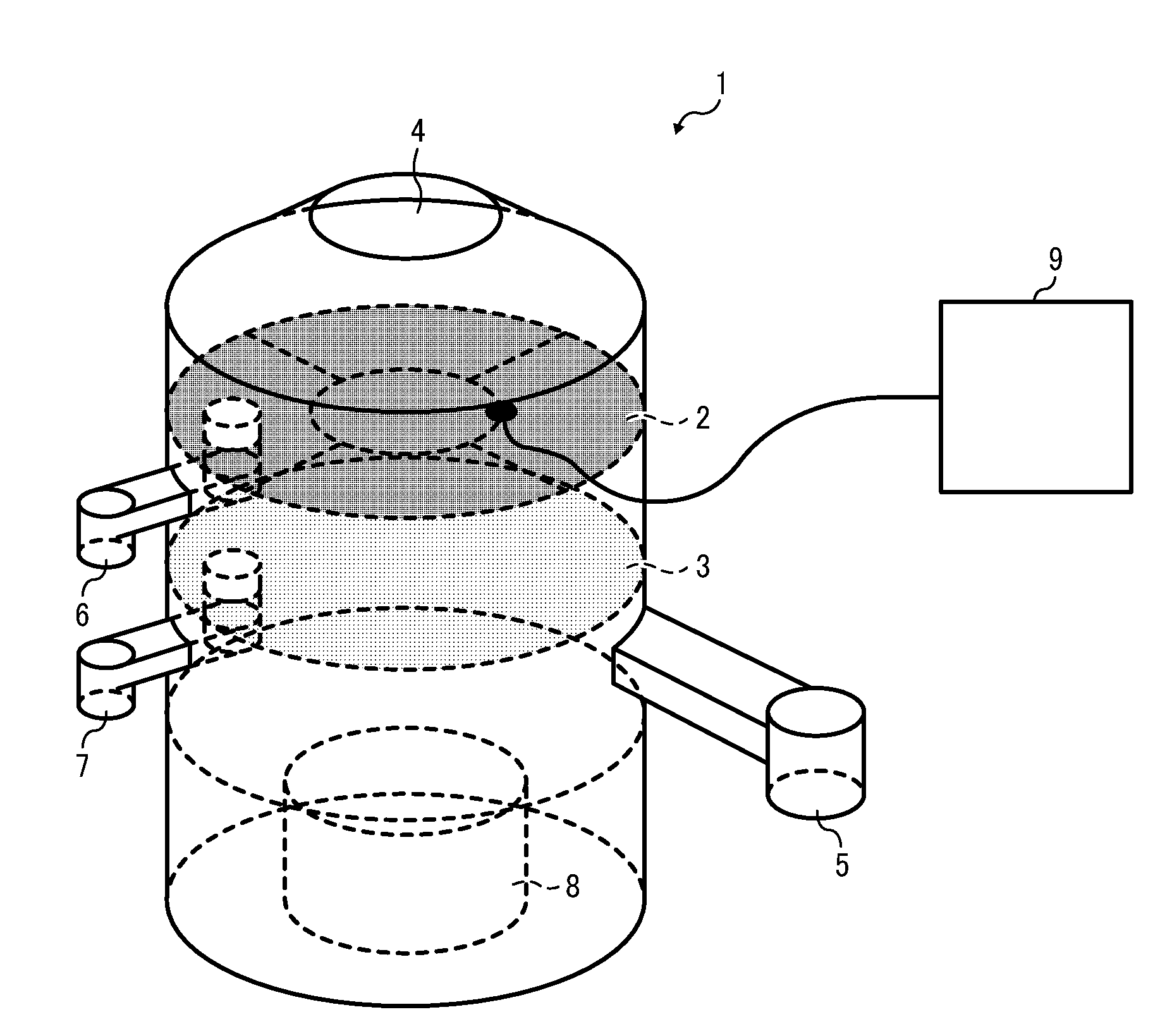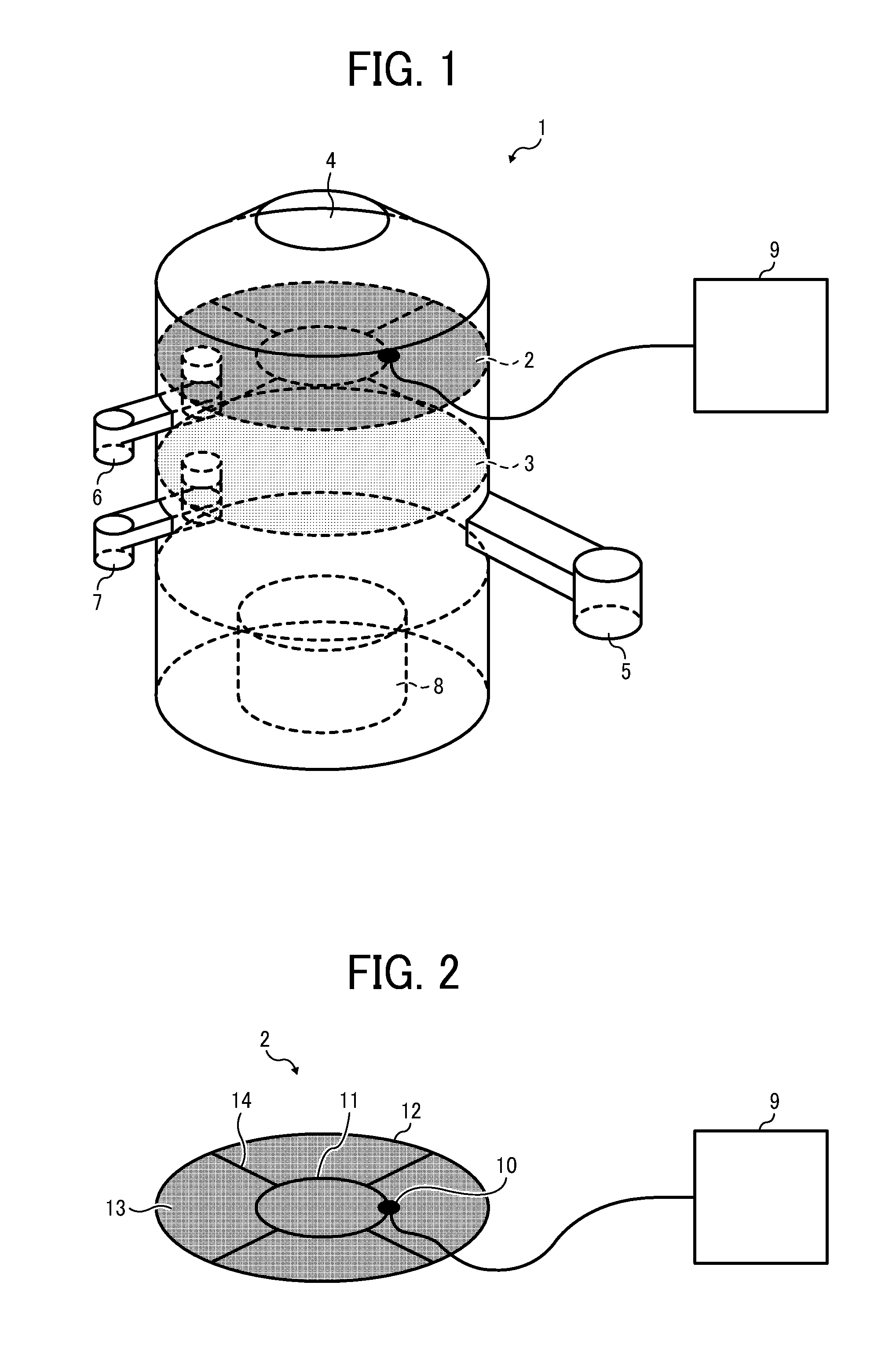Method of manufacturing toner, toner, screening device, and method of recycling toner
a technology applied in the field of toner and manufacturing method, can solve the problems of affecting image quality, coarse particles tending to have an adverse effect on image quality, and the distance (i.e., the gap) between the photoreceptor and the transfer medium
- Summary
- Abstract
- Description
- Claims
- Application Information
AI Technical Summary
Benefits of technology
Problems solved by technology
Method used
Image
Examples
example 1
Manufacturing Coarse Toner
[0178]Material for an oil phase such as an unmodified polyester, a prepolymer, a master batch (MB), and ketimine are prepared and the oil phase and an aqueous phase are prescribed from the material. Emulsified liquid dispersion is obtained by mixing the oil phase and the aqueous phase using a mixer having an emulsification mechanism. The emulsified liquid dispersion is subject to removal of solvent, filtration, washing, and drying to obtain mother toner particles. The mother toner particles are screened to obtain toner. Each process is described below.
Synthesis of Non-modified Polyester B
[0179]690 parts of an adduct of bisphenol A with 2 mol of ethylene oxide and 256 parts of terephthalic acid are placed in a reaction container equipped with a condenser, a stirrer and a nitrogen introduction tube to conduct reaction at 230° C. for 8 hours. Next, the reaction is continued for 5 hours with a reduced pressure of 10 to 15 mmHg (1.3 to 2.0 Pa). Subsequent to coo...
example 2
[0194][Toner A2] is manufactured in the same manner as in Example 1 except that the opening of the top screen is changed from 34 to 26 μm in the screening process. The thus obtained [Toner A2] is evaluated in the same manner as in Example 1. As a result, the ratio of the softly agglomerated toner particles in [Toner A2] is 0.060 mg / g and no white spots are observed in the image evaluation. The evaluation results on [Toner A2] are shown in Table 1 with the conditions of openings of the screens in the screening process as in Example 1.
example 3
[0195][Toner A3] is manufactured in the same manner as in Example 1 except that the opening of the top screen is changed from 34 to 43 μm and the opening of the bottom screen is changed from 104 to 150 μm in the screening process. The thus obtained [Toner A3] is evaluated in the same manner as in Example 1. As a result, the ratio of the softly agglomerated toner particles in [Toner A3] is 0.030 mg / g and no white spots are observed in the image evaluation. The evaluation results on [Toner A3] are shown in Table 1 with the conditions of openings of the screens in the screening process as in Example 1.
PUM
| Property | Measurement | Unit |
|---|---|---|
| size | aaaaa | aaaaa |
| temperature | aaaaa | aaaaa |
| temperature | aaaaa | aaaaa |
Abstract
Description
Claims
Application Information
 Login to view more
Login to view more - R&D Engineer
- R&D Manager
- IP Professional
- Industry Leading Data Capabilities
- Powerful AI technology
- Patent DNA Extraction
Browse by: Latest US Patents, China's latest patents, Technical Efficacy Thesaurus, Application Domain, Technology Topic.
© 2024 PatSnap. All rights reserved.Legal|Privacy policy|Modern Slavery Act Transparency Statement|Sitemap


